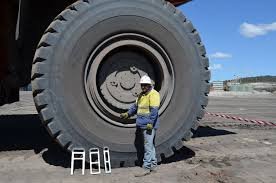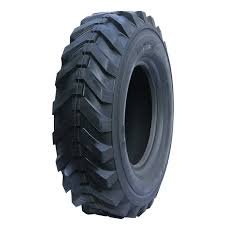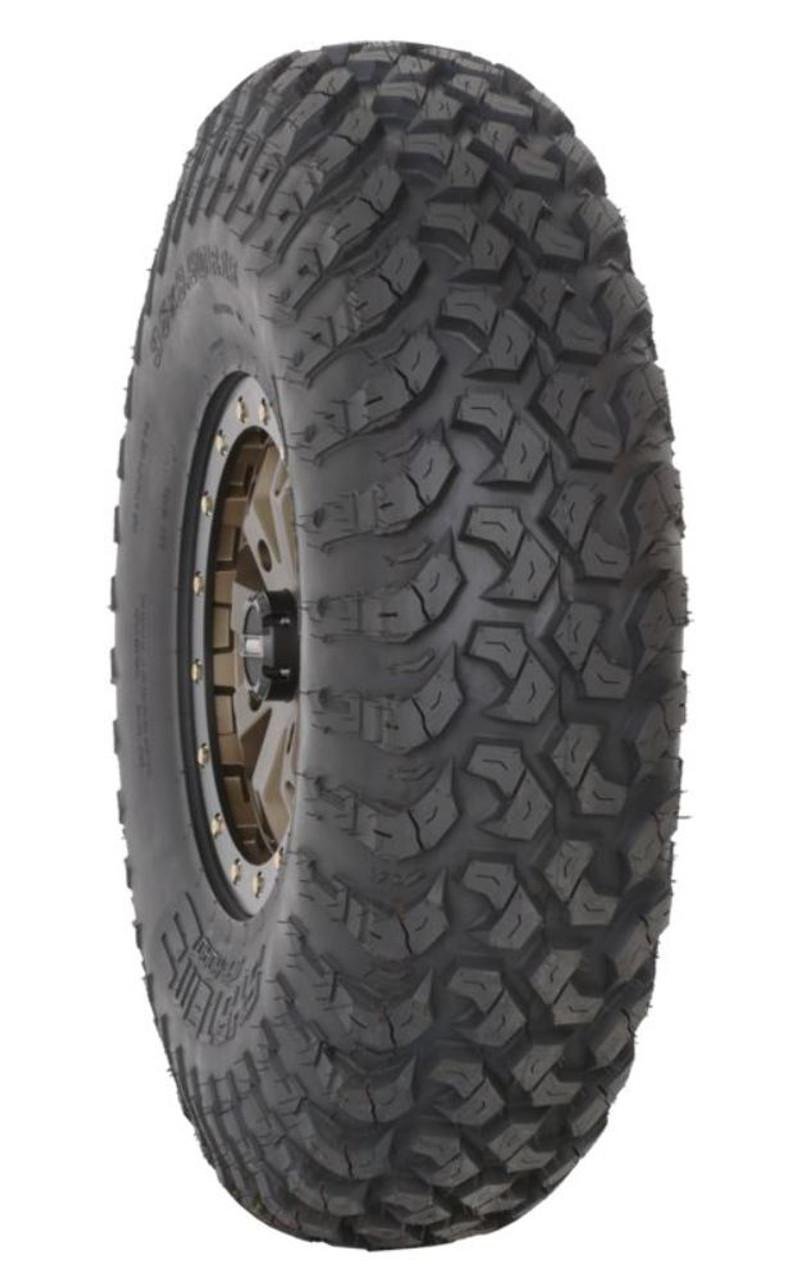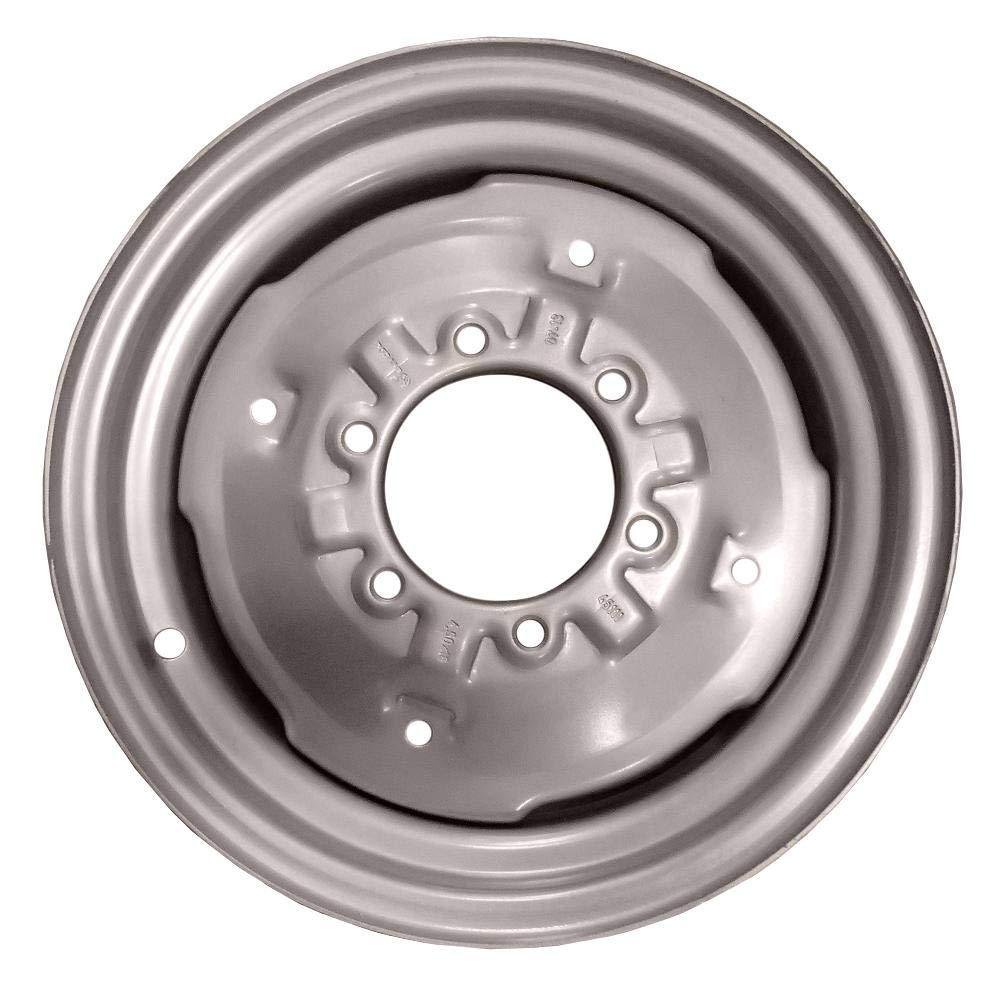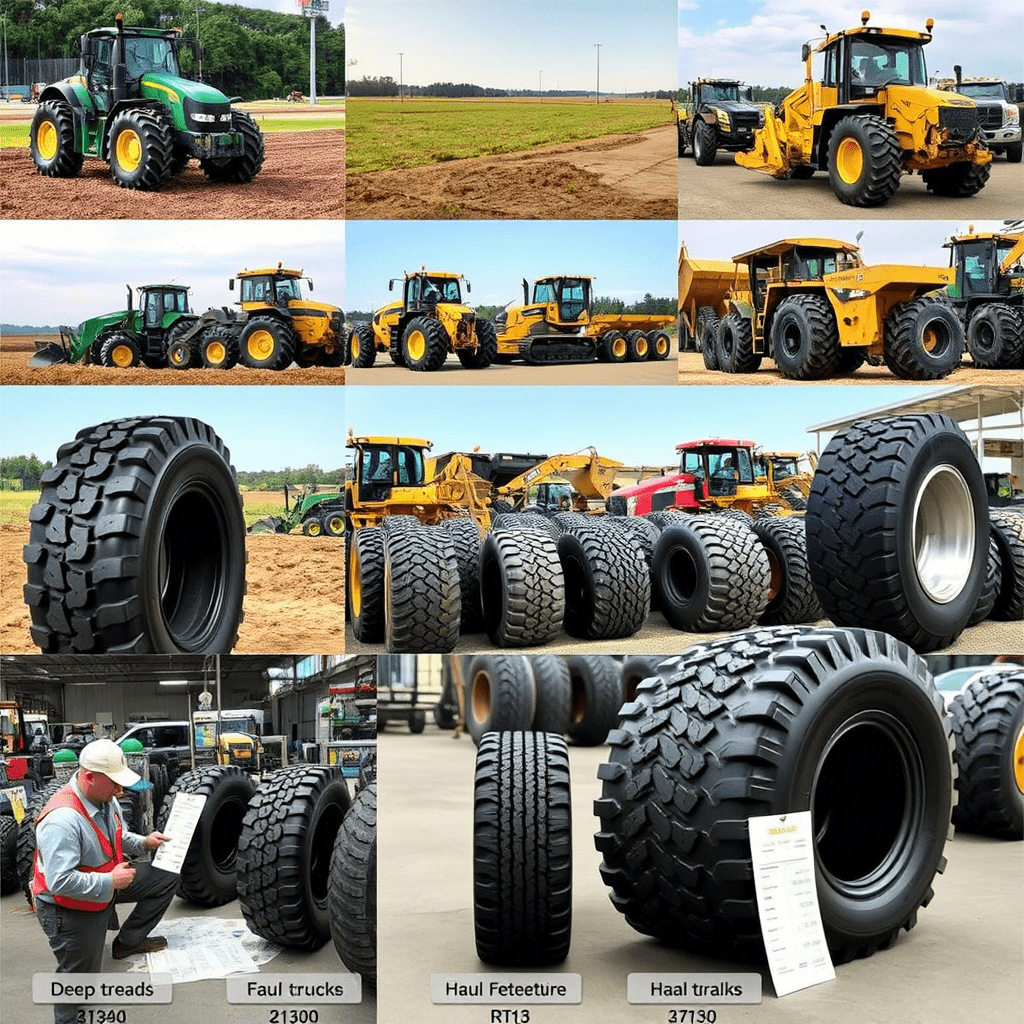The Ultimate Buyer’s Guide to All Terrain Tyres for Sale
So, you’re in the market for a new set of all-terrain tyres. Whether you’re an avid off-roader, a weekend adventurer, or simply someone who needs a versatile tyre for mixed driving conditions, choosing the right set is a critical decision. All-terrain (A/T) tyres are the Swiss Army knife of the tyre world, designed to offer a balanced performance on paved roads while still providing capable traction on loose surfaces like dirt, gravel, mud, and sand. With so many all terrain tyres for sale, navigating the options can be daunting. This guide will cut through the noise, providing you with expert insights, practical tips, and actionable advice to help you find the perfect set for your 4×4, SUV, or light truck.
What Exactly Are All-Terrain Tyres?
All-terrain tyres sit in the sweet spot between highway-oriented all-season tyres and aggressive, off-road dedicated mud-terrain (M/T) tyres. They are characterized by a more rugged tread pattern with larger blocks and deeper grooves than a highway tyre, but with a less extreme, more continuous tread design than a mud tyre. This compromise aims to provide:
- Improved Off-Pavement Traction: Better grip on dirt, gravel, and light mud.
- Acceptable On-Road Manners: Quieter ride and better wet-weather handling compared to M/T tyres.
- Enhanced Durability: Often built with stronger sidewalls and tougher rubber compounds to resist punctures and abrasions.
Key Benefits of Upgrading to All-Terrain Tyres
Investing in a quality set of all-terrain tyres unlocks a new level of capability and confidence for your vehicle.
1. Unmatched Versatility
The primary advantage is versatility. You can confidently drive to the office on Monday and explore a forest service road on Saturday without needing to change tyres. This “do-it-all” nature makes them incredibly popular.
2. Increased Durability and Puncture Resistance
Many A/T tyres feature reinforced construction, such as multiple polyester ply casings or steel belts, which help resist damage from sharp rocks, roots, and other trail hazards.
3. Aggressive, Stylish Look
Let’s be honest, a set of aggressive all-terrains completely transforms the look of any truck or SUV, giving it a more rugged, purposeful appearance.
Top All-Terrain Tyre Brands and Models to Consider
The market is filled with excellent options. Here are some of the most respected and highly-rated all-terrain tyres from leading manufacturers.
BFGoodrich KO2
Often considered the gold standard, the BFGoodrich All-Terrain T/A KO2 is legendary for its toughness. It features a sidewall rubber compound that is remarkably resistant to abrasion and tearing, making it a top choice for rocky terrain.
Goodyear Wrangler DuraTrac
A favorite for those who see more extreme weather, the Goodyear Wrangler DuraTrac boasts exceptional snow and mud performance for an A/T tyre, even earning the Three-Peak Mountain Snowflake (3PMSF) severe snow service rating.
Toyo Open Country A/T III
This tyre has gained a massive following for its excellent balance. The Toyo Open Country A/T III offers impressive treadlife, low road noise, and strong wet and winter weather traction, all while maintaining solid off-road capability.
Michelin LTX A/T 2
If your driving is 80% on-road and 20% off, the Michelin LTX A/T 2 is a superb choice. Michelin prioritizes on-road comfort, fuel efficiency, and long tread life, while still providing competent performance on light off-road excursions.
How to Choose the Right All-Terrain Tyres for Your Vehicle
Selecting the perfect tyre isn’t just about picking the top-rated model. You need to align the tyre’s strengths with your specific needs.
Assess Your Driving Habits
Be honest with yourself. Do you actually rock crawl, or do you mainly drive on gravel roads to camping spots? Your answer will determine how aggressive a tread pattern you need. More aggression means more off-road grip but often more on-road noise.
Understand Tyre Sizes and Specifications
You can typically find your stock tyre size on the placard located inside your driver’s door jamb. While sticking to the OEM size is easiest, many owners choose to upsize for more ground clearance and a more aggressive look. If you’re looking for a specific size, like 265/60R18 all terrain tyres, ensure you understand how changes might affect speedometer accuracy, gearing, and potential rubbing against wheel wells.
Prioritize Key Features
- 3PMSF Rating: If you drive in winter conditions, a tyre with the Three-Peak Mountain Snowflake symbol is a must for reliable snow traction.
- Load Range: Ensure the tyre’s load capacity (e.g., Load Range C, D, E) meets or exceeds your vehicle’s requirements, especially if you tow or carry heavy loads.
- Treadwear Warranty: A longer warranty can indicate the manufacturer’s confidence in the tyre’s longevity.
Safety Considerations When Switching to All-Terrains
Any tyre change impacts your vehicle’s dynamics. Keep these safety tips in mind.
Proper Inflation is Paramount
All-terrain tyres often have different pressure requirements than stock tyres. Under-inflation causes excessive heat build-up and uneven wear, while over-inflation reduces traction and makes the ride harsh. Always inflate to the pressure recommended in your vehicle’s door jamb for daily driving, and adjust lower for off-road use as conditions allow. Resources from the Tire Safety Council are invaluable for this.
Mind the Weight
Larger, more robust A/T tyres are often heavier than stock. This unsprung weight can slightly affect braking performance, acceleration, and fuel economy. Ensure your vehicle’s brakes are in good condition to handle the additional mass.
Break-In Period
New tyres have a release lubricant on their surface from the mould. They can be slippery for the first 100-200 miles. Drive with extra caution during this break-in period.
Expert Tips for Installation and Maintenance
Buying the tyres is only half the job. Proper installation and care ensure you get the most value and safety from your investment.
Always Get a Professional Installation
Proper mounting, balancing, and alignment are non-negotiable. An improperly balanced tyre will cause vibrations and uneven wear, shortening its life. A post-installation alignment ensures your vehicle tracks straight and the tyres wear evenly across the entire tread.
Rotate Your Tyres Regularly
To promote even wear and maximize tread life, rotate your all-terrain tyres every 5,000 to 8,000 miles. This is especially crucial for 4WD/AWD vehicles. Consistent rotation patterns can be found in your owner’s manual or by consulting a trusted mechanic.
Perform Frequent Visual Inspections
After off-road trips, make it a habit to check your tyres for cuts, punctures, embedded rocks, or abnormal wear. Catching a small problem early can prevent a catastrophic failure later. The American Automobile Association (AAA) recommends checking tyre pressure and condition at least once a month.
Frequently Asked Questions (FAQ)
Are all-terrain tyres good in snow?
Many modern all-terrain tyres are excellent in snow, especially those with the Three-Peak Mountain Snowflake (3PMSF) rating. However, they are not a substitute for dedicated winter tyres in extreme icy conditions. They offer a significant advantage over all-season tyres for most winter driving scenarios.
How long do all-terrain tyres typically last?
Treadlife varies greatly by brand, model, and driving habits. A high-quality all-terrain tyre can last anywhere from 40,000 to 60,000 miles. Models with longer treadwear warranties often use harder compounds that may last longer but could offer slightly less grip.
Will all-terrain tyres affect my fuel economy?
Yes, it’s likely. The heavier weight and more aggressive tread pattern create more rolling resistance, which can lead to a decrease in fuel economy, typically between 1-3 MPG. More aerodynamic and on-road-focused A/T tyres will have less of an impact.
Can I put all-terrain tyres on my AWD SUV?
Absolutely! All-terrain tyres are a popular and excellent upgrade for AWD SUVs like Ford Explorers, Jeep Grand Cherokees, and Toyota 4Runners. The key is to replace all four tyres at the same time to avoid damaging the AWD system, which requires all tyres to be within a very small circumference difference. For more specific advice, check our guide on all terrain tyres for 4×4 vehicles.
What’s the difference between all-terrain and mud-terrain tyres?
All-terrain (A/T) tyres are a balanced option for mixed on- and off-road use. Mud-terrain (M/T) tyres have larger, deeper, and more widely spaced tread blocks designed to clean out mud easily. M/T tyres are superior in deep mud and extreme off-road conditions but are significantly louder on pavement and often have poorer wet-weather braking performance.


